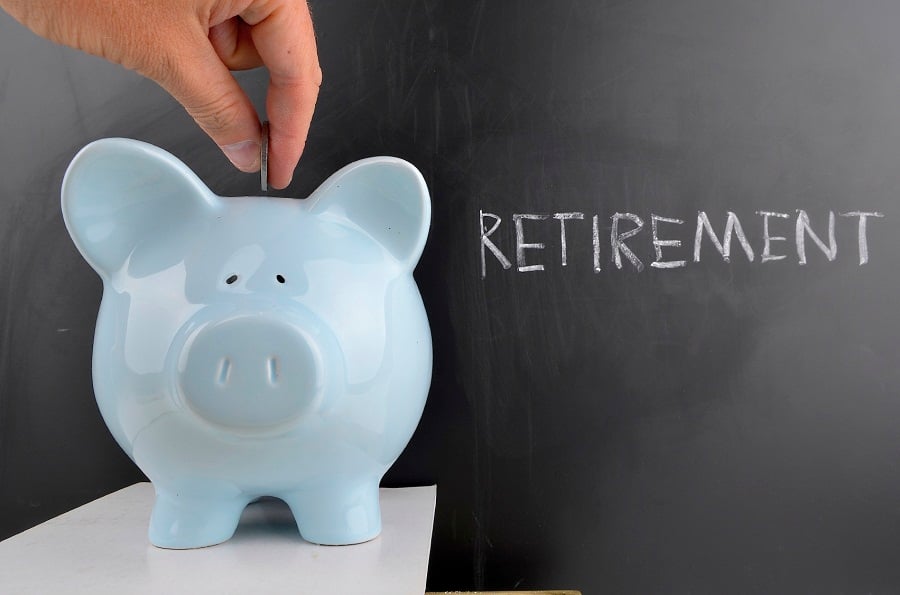Higher yield on bonds and CDs, higher annuity payouts, will provide tailwind to retirees.
The Federal Reserve's decision to raise its benchmark interest rate, its first hike in almost a decade, will signal a victory of sorts for retirees over the long term as rates eventually climb to more normal levels.
Of course, there are several factors aside from just the Fed raising or lowering rates, such as inflationary pressure over the long term. But, generally speaking, one large benefit of higher rates in the future is higher yield on conservative investments retirees typically hold, allowing them to take less risk to achieve equivalent or greater yield, advisers say.
“It depends on what really happens. But If we get a succession of rate hikes where [the Fed] starts to move up back to 2006-07 levels, obviously it means [retirees'] cash, safe money will earn more; if they're going to lock in a new annuity, they'll get a higher rate,” according to Lisa Kirchenbauer, president of Omega Wealth Management.
END OF ERA
If a retiree's financial plan assumes a particular rate of return, and uses a particular portfolio to achieve that, higher rates means bonds can contribute more toward that goal, versus having to take more risk in the stock market to be successful, she said.
“There's a lot of opportunity, I think, if we start moving in that direction,” Ms. Kirchenbauer said.
The Fed on Wednesday boosted interest rates for the first time in almost a decade, ending an era of rock-bottom rates. The Fed unanimously voted to raise its benchmark interest rate by 25 basis points, and indicated it would hike by about 1 percentage point a year over the next few years.
Since the end of 2008, the Fed has kept its benchmark interest rate at a range between zero and one-quarter percent due to the pressures of the economic downturn.
That in turn drove down returns investors could get on vehicles such as bonds, money market funds and certificates of deposit, which arguably has an outsized effect on retirees, as they generally hold more assets in these conservative investments when compared to younger investors.
HARMING RETIREES
“The Fed has been thumbing its nose at retirees with these low interest rates over the past several years,” Michael Zmistowski, personal financial planner at Financial Planning Advisors, said. “It's harmed them. And it's been harming them for years.”
Low interest rates have pushed Mr. Zmistowski to consider investment strategies he hadn't otherwise considered, in a search of yield to support retirees' income needs, due to the depressed returns from more traditional routes. For example, he's used alternative investments such as master limited partnerships and large-cap stocks that have historically paid dividends for income, as well as annuities to secure a guaranteed income stream for clients.
Higher rates going forward could expand the options he taps into to support retirement spending.
“It'll give me more options,” Mr. Zmistowski said.
INFLATION WORRIES
However, rising rates don't exist in a vacuum — other factors such as inflation play a role. If interest rates rise, and that corresponds with a rise in the current low level of inflation, that could hurt retirees on more of a fixed income, especially if an annuity or pension doesn't have a cost of living adjustment, according to Neela Hummel, partner at Abacus Wealth Partners.
Also, since bond prices tend to move opposite interest rates, retirees' bond fund holdings could see downward movement in the short term. Generally, if a bond fund has a duration of five years, for every 1 percentage point increase in interest rates the value of a bond fund share drops 5%, Ms. Kirchenbauer said.
She recommends re-investing bond income in a rising-rate environment, in order to buy back into shares at a lower price and take advantage of some dollar-cost averaging. It's a strategy that hasn't needed considering since the last rate hike occurred in 2006.
“You'll have some real red ink on your statement [if you don't re-invest],” she said.
Stuart Ritter, certified financial planner at T. Rowe Price, doesn't believe interest-rate moves should have much of an effect on retirees, given an appropriate asset allocation to stocks and bonds. Short-term bonds typically represent 40%-60% of a retiree's portfolio, and if properly diversified, short-term bond funds would only represent a small sliver of that.
“If you've been [very] affected by low interest rates, the issue may be less the interest rates and more how you're allocating your portfolio,” he said.







